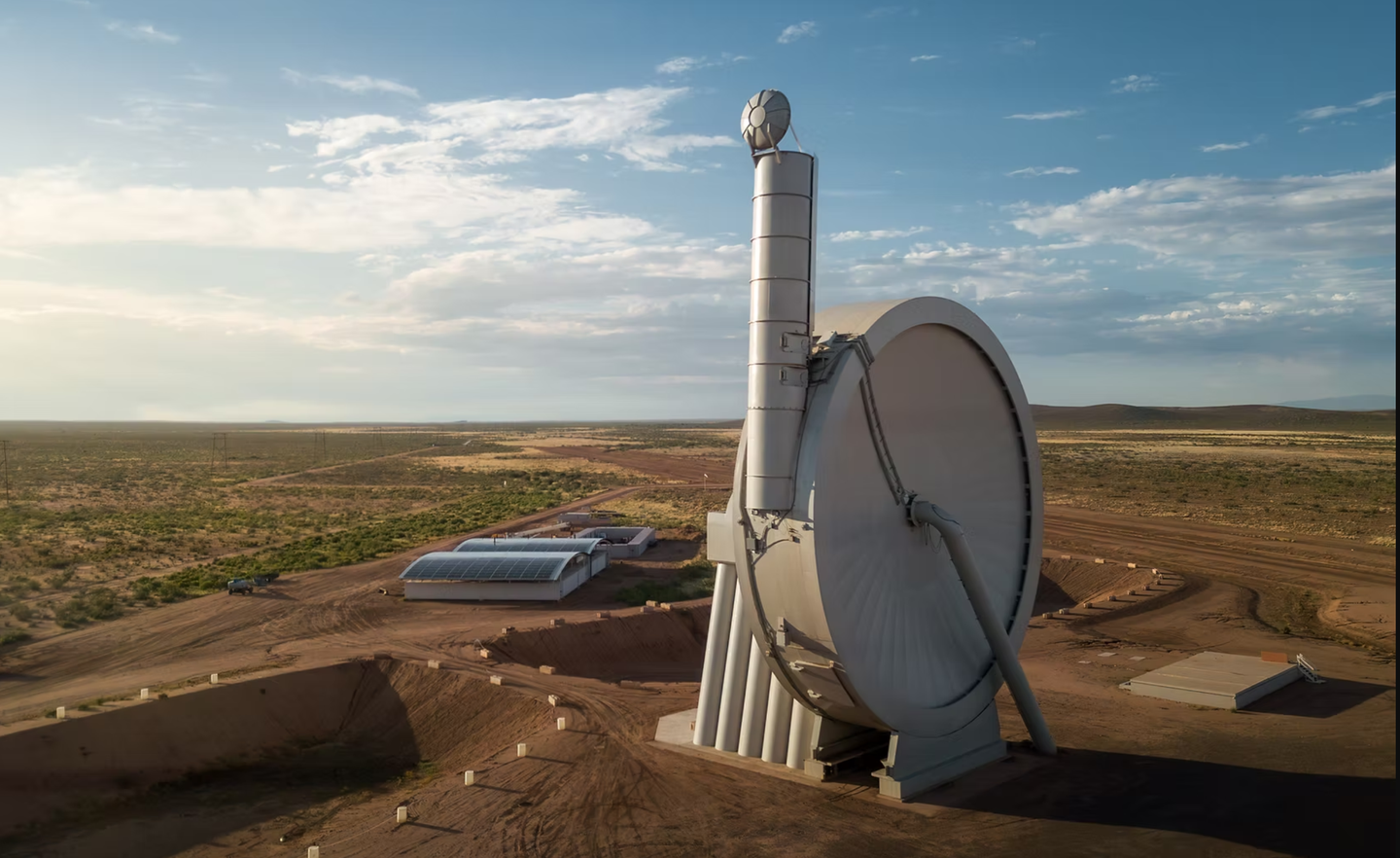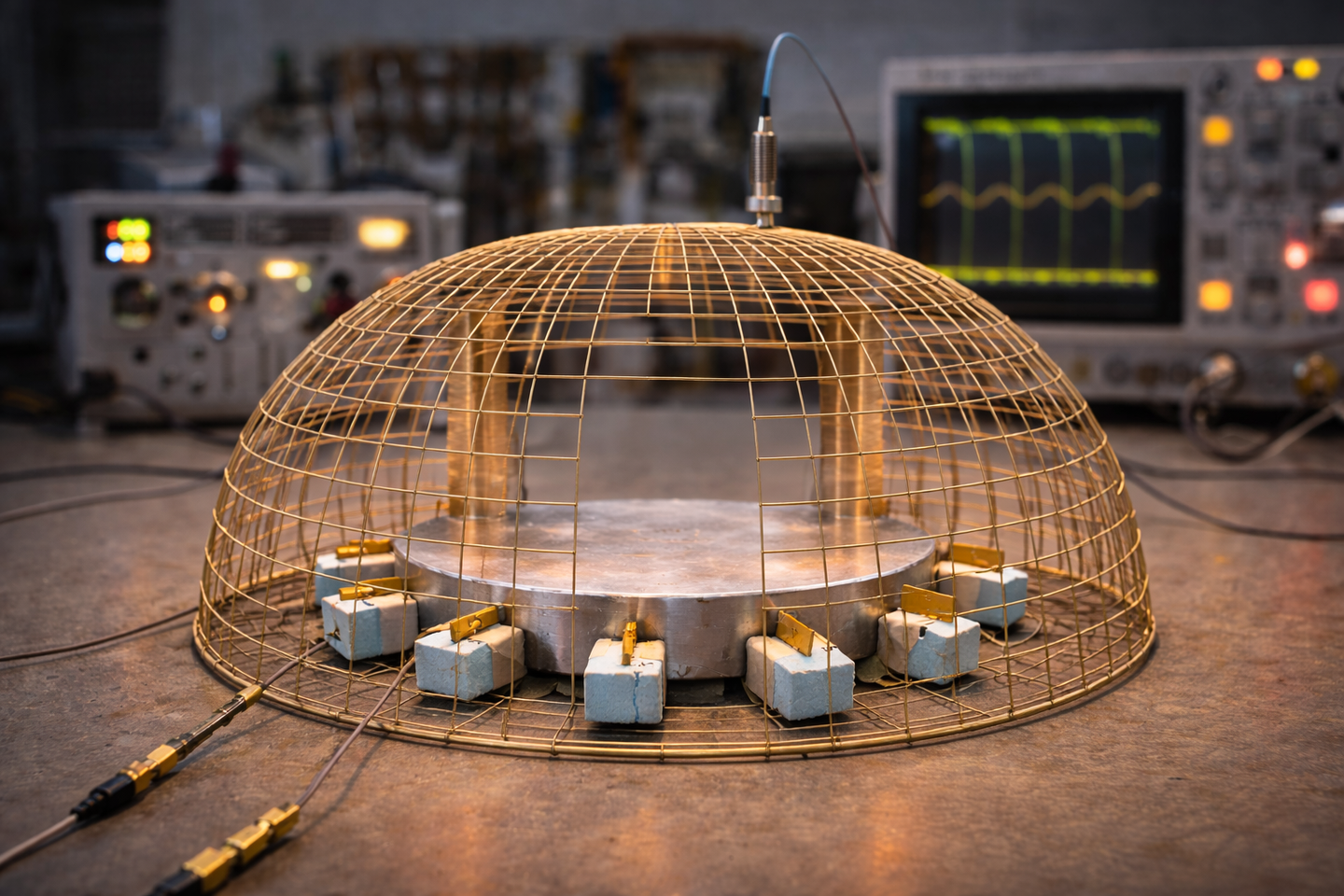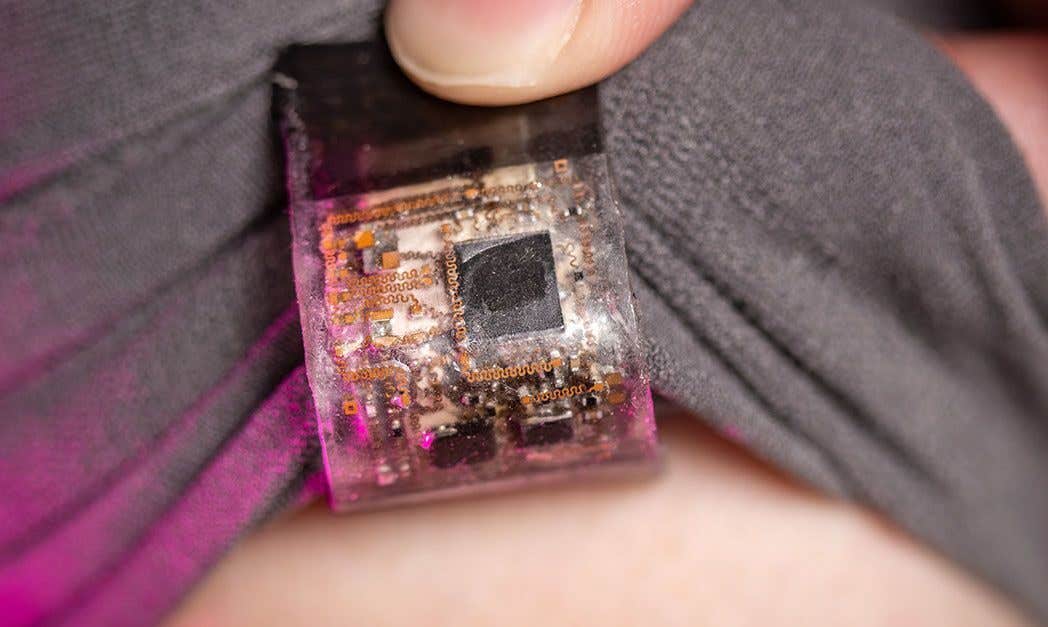SpinLaunch catapults satellites into orbit without using a drop of fuel
A giant slingshot might sound like something out of science fiction — but one California startup is turning this idea into reality.

SpinLaunch revolutionizes spaceflight with rocket-free satellite launches. (CREDIT: SpinLaunch)
A giant slingshot might sound like something out of a science fair or a medieval battle—but one California startup is turning this idea into a revolutionary way to launch satellites. This system doesn’t rely on fire or flame. Instead, it uses electricity and motion to hurl satellites into space, all while promising to cut down on cost and pollution.
The company behind this innovation is SpinLaunch, and its unusual method is starting to turn heads—not just in the aerospace world, but even among fans of pumpkin-launching competitions.
Replacing Fire with Force
SpinLaunch skips the traditional use of rocket fuel. Instead, it relies on a rotating arm, spinning inside a vacuum chamber, to fling satellites into low Earth orbit. This purely electric approach is designed to reduce the environmental toll of launches while slashing the price tag.
“This is not a rocket,” said Jonathan Yaney, SpinLaunch’s founder and CEO. “And clearly our ability to perform in just 11 months this many tests and have them all function as planned really is a testament to the nature of our technology.” He spoke after the company’s 10th successful test flight.
The goal is to launch satellites into orbits below 600 miles by the year 2026. If it works, the impact could ripple across the space industry.
A Fresh Twist on an Ancient Concept
While SpinLaunch’s system looks futuristic, the science behind it is rooted in history. Long before rockets existed, siege weapons like trebuchets used similar physics to hurl objects. By converting stored energy into motion, they launched stones and other heavy items over castle walls.
Related Stories
Modern pumpkin-launching events, known as Punkin Chunkin contests, do the same—but with fruit. These events, popular among physics enthusiasts, showcase how potential and kinetic energy work together. Some fans now wonder: how many pumpkins could be launched into orbit using SpinLaunch’s tech?
Of course, it takes more than an old idea to reach space. It takes powerful materials and precise engineering.
High-strength carbon fiber allows the launch system to stay light but sturdy. Shrinking electronics means the payloads—small satellites—can better survive the high-speed journey. SpinLaunch says, “Modern electronics, materials, and simulation tools allow for satellites to be adapted to the kinetic launch environment with relative ease.”
That’s no small feat. The satellite must endure sudden acceleration and the vacuum of space, which can destroy delicate systems not built to handle such extremes.
Tested Under Pressure
At the company’s test site in New Mexico, SpinLaunch has run a series of successful demonstrations. One launch video shows a fast-paced, high-tech operation. Engineers watch closely as a sleek capsule vanishes from the chamber in a blink. It moves so fast, the human eye almost can’t keep up.
Founded in 2014, SpinLaunch has attracted support from big names. Its backers and partners include NASA, Airbus, and Cornell University. Their equipment has been used in testing, helping confirm the system’s strength and precision.
The launch mechanism has already handled forces as strong as 10,000 Gs—10,000 times the pull of Earth’s gravity. That’s more than enough to challenge the limits of modern technology. So far, the hardware has held up.
Better for the Earth
Traditional rockets rely on vast amounts of fuel. For instance, SpaceX’s Falcon 9 rocket used more than 900,000 pounds of propellant per launch as of 2016. Even with improvements since then, that amount of fuel remains high—and so do the risks to Earth’s atmosphere.
Rocket exhaust releases harmful chemicals that damage the ozone layer. This protective shield blocks dangerous radiation from the sun. Any method that reduces pollution during launches helps preserve it.
Because SpinLaunch uses electric power to boost satellites, it avoids fuel-based emissions during liftoff. That makes it a cleaner option from the start.
Yaney believes the system will soon move beyond tests. A coastal orbital launch site is already in development. That site will help prove the technology can work at full scale. “It has proven that it’s a system that is repeatedly reliable,” he said.
A Global Push for Smarter Launches
SpinLaunch isn’t the only group rethinking how we get to space. In Singapore, another startup is working on a similar path. Equatorial Space Systems designs modular launch vehicles for small satellites, focusing on low cost and sustainability.
Founder and CEO Simon Gwozdz said, “The total addressable market for suborbital launch from our research can be as high as USD 150 million a year.”
Their shared focus on safety, affordability, and the environment reflects a growing shift in space science. Instead of relying on massive rockets and explosive fuels, the future may lie in smaller, smarter, and cleaner tools.
As more companies take part in reshaping the space launch industry, ideas that once seemed impossible—like flinging satellites into orbit without fuel—are becoming real. SpinLaunch’s system brings ancient physics into the modern age, backed by cutting-edge materials and engineering.
What once powered medieval war machines and pumpkin contests might soon be the force behind global communications, climate monitoring, and deep space discovery.
Other innovative satellite launch technologies
Over the past decade, satellite launching technologies have evolved significantly, driven by the need for cost-effective, efficient, and environmentally friendly methods. Here are some of the most innovative satellite launching technologies developed in recent years:
Reusable Rockets (SpaceX and Blue Origin)
- SpaceX's Falcon 9: One of the most transformative innovations is the development of reusable rockets. SpaceX’s Falcon 9 has revolutionized the satellite launch industry by allowing the first stage of the rocket to land back on Earth after deployment and be reused in subsequent launches. This dramatically reduces the cost of space launches.
- Blue Origin's New Shepard: Similarly, Blue Origin has developed reusable suborbital rockets. The company's New Shepard has also proven capable of carrying payloads to the edge of space and landing its reusable rocket stages for future flights.
Rocket Lab’s Electron Rocket and Recovery System
- Electron Rocket: New Zealand-based Rocket Lab developed the Electron rocket, which is tailored for small satellite launches. It focuses on rapid, low-cost access to space for smaller payloads. Rocket Lab is also working on a partial reusability program, where they attempt to recover the first stage of the rocket via helicopter in mid-air.
Spaceplanes and Air-Launched Systems
- Virgin Orbit's LauncherOne: Virgin Orbit’s LauncherOne is a unique air-launch system that deploys satellites into orbit from a modified Boeing 747 aircraft. This method allows launches to occur from any airstrip, offering greater flexibility and reduced cost compared to traditional ground-based rocket launches.
- Sierra Nevada Corporation's Dream Chaser: The Dream Chaser is a spaceplane developed to deliver cargo to the International Space Station (ISS). It can land on conventional runways, offering a reusable and flexible solution for orbital transport.
3D-Printed Rockets (Relativity Space)
- Relativity Space has pioneered the use of 3D printing in rocket manufacturing, creating the Terran 1 rocket. The company claims that nearly the entire rocket, including its engines, is 3D printed. This approach allows for faster, more flexible production and reduces costs associated with traditional manufacturing.
Lightweight, Electrically Pumped Rockets
- Companies like Astra Space and Rocket Lab have focused on developing smaller, lighter rockets, such as Astra's Rocket 3 and Rocket Lab's Electron, which utilize electrically pumped engines. These innovations make small satellite launches more affordable and accessible for a wide range of industries, including telecommunications and Earth observation.
Laser and Microwave Propulsion Systems
- While still in experimental stages, researchers are working on laser propulsion and microwave propulsion technologies. These systems would use ground-based lasers or microwave beams to propel spacecraft, reducing the need for onboard fuel and potentially offering a more sustainable and efficient means of reaching orbit.
CubeSat and Small Satellite Deployment
- Small satellite constellations have driven new deployment technologies. For example, SpaceX's Starship and OneWeb’s satellite systems aim to launch thousands of small satellites to provide global internet coverage. These satellites can be deployed in batches, significantly lowering launch costs per satellite.
Space Tugs and In-Orbit Servicing
- Momentus and other companies are developing space tugs, which are spacecraft designed to transport satellites from their initial deployment location to their final orbit. These tugs can reduce the amount of fuel that satellites need to carry, making launches more efficient and flexible.
Hybrid and Environmentally Friendly Rocket Propulsion
- There has been a growing interest in hybrid rocket propulsion, which combines aspects of solid and liquid fuels to create a more controllable and efficient launch system. For example, Virgin Galactic's SpaceShipTwo uses a hybrid rocket engine. Additionally, efforts are underway to develop more environmentally friendly propulsion systems that reduce the carbon footprint of launches.
These innovative technologies mark a shift toward more cost-effective, flexible, and sustainable methods of launching satellites, opening up new opportunities for space exploration and commercial applications.
Note: Materials provided above by The Brighter Side of News. Content may be edited for style and length.
Like these kind of feel good stories? Get The Brighter Side of News' newsletter.



